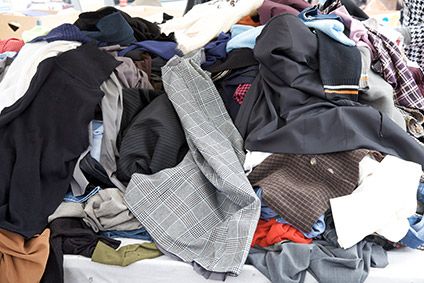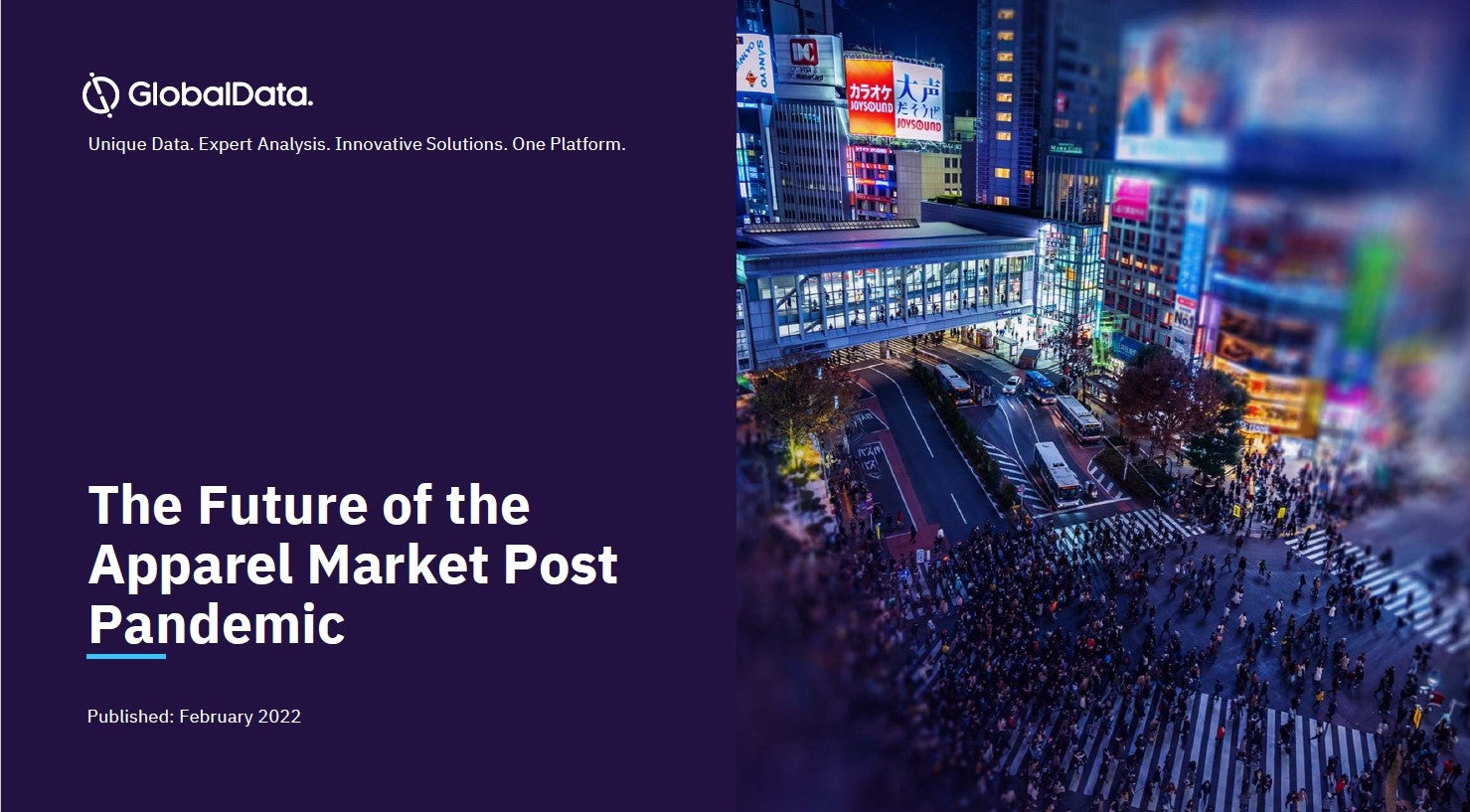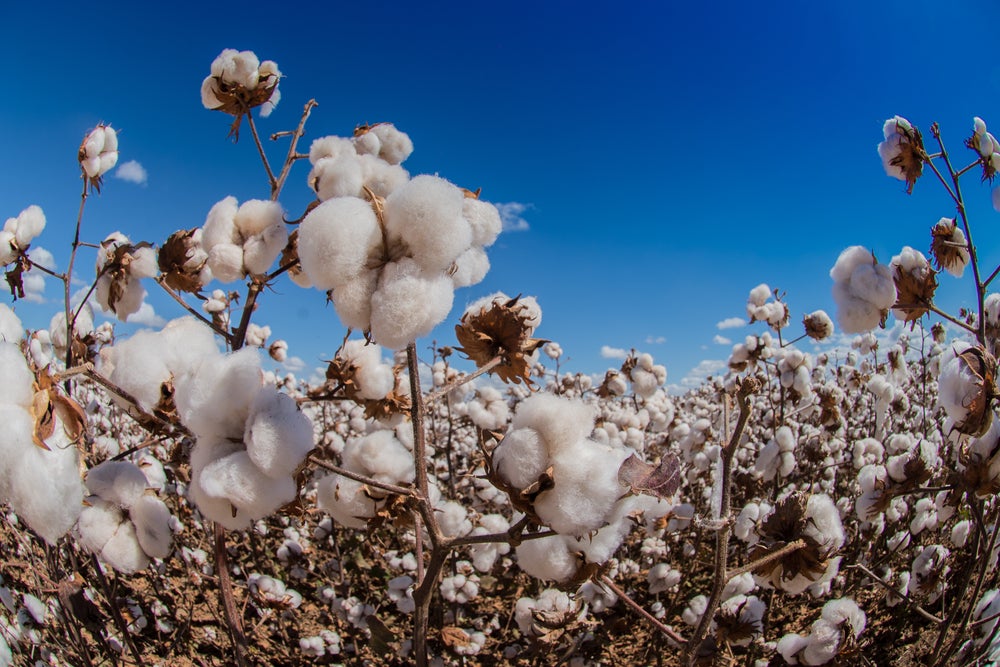
Textile waste must become the industry’s new raw material, according to consortium that has issued a call to action for brands and retailers, waste collectors and recyclers as part of its vision to prove the feasibility of textile-to-textile circular systems.
With funding provided by industry heavyweights Gap Inc, Target, VF Corporation, and The Walmart Foundation, Accelerating Circularity, Inc launched earlier this year in a bid to accelerate the sector’s move from linear to circular.
It is initially focused on researching, mapping, and identifying opportunities to pilot circular supply chains, which will be driven by the mechanical and chemical recycling of cotton, viscose, and polyester textile waste. These three fibres cover over 80% of all textile fibre production.
Its recently released research and mapping report, ‘Circular Supply Chain Potential on the US East Coast’, publishes the results of its research on the potential for circular supply chains on the east coast of the United States.
It answers the basic questions of why, what, where, who and how materials can become a part of circular, textile-to-textile recycling systems and includes profiles of so-called “spent” post-industrial and post-consumer materials – the raw material for textile-to-textile recycling – as well as of stakeholders including collectors, sorters, and pre-processors, and chemical and mechanical recyclers.
How well do you really know your competitors?
Access the most comprehensive Company Profiles on the market, powered by GlobalData. Save hours of research. Gain competitive edge.

Thank you!
Your download email will arrive shortly
Not ready to buy yet? Download a free sample
We are confident about the unique quality of our Company Profiles. However, we want you to make the most beneficial decision for your business, so we offer a free sample that you can download by submitting the below form
By GlobalDataSee Also:
The report maps the current state of actors in future circular supply chain networks, which will be the building blocks for circular models that will be critical to the industry’s future.
“Understanding the materials available, what supply chain steps are in place, and what is missing for textile-to- textiles circular systems will speed up the transition to new systems,” says Karla Magruder, president of Accelerating Circularity. “This research has deepened our awareness that everything in a circular system must be connected for it to work. For everything to be connected we must all participate; it is something the industry has to do together. Nobody can go it alone.”
Key findings
“We are generating too much textile waste,” report authors state, noting the study region on the East Coast of the US represents approximately 7.7m of the 16.9m tonnes of post-consumer spent textiles generated annually in America.
“By diverting these spent textiles from incineration and landfill in our study region, we can lower the textile industry’s GHG emissions as well as reduce the use of virgin materials.”
Brands and retailers, driven to become more sustainable and reduce resource consumption, are making commitments to use recycled materials, Accelerating Circularity adds, noting spent textiles are the “logical industry feedstock” since they have the potential to lower the use of virgin materials, water, energy, and chemicals and avoid competing with other industries for non-textile feedstocks.
The consortium says dozens of brands, ranging from boutique sustainability leaders like Eileen Fisher to global powerhouses including NIKE, VF Corporation, Gap Inc, Target, ASOS, PVH, and Inditex, have made pledges from single-product content commitments to 100% recycled content requirements across entire lines.
“Commitments to use recycled materials demonstrate demand for the recyclers’ products, and Accelerating Circularity’s brand and retailer survey responses indicate strong interest in and capacity for producing specific circular products in the Western Hemisphere.”
It adds many have also committed to investing in emerging recycling technology, which it says offers a US$350bn opportunity in the region.
Gaps and opportunities
While it acknowledges the challenges to scale, Accelerating Circularity says gaps and opportunities are often different sides of the same issue.
“For example, the volume of material available for recycling is an opportunity, however, data detailing specific fibres in that material is missing. Luckily, we see some collaboration between industry, government and NGOs to solve for the gaps. We must be opportunistic to push the industry into action.”
Report authors note existing collectors, sorters, pre-processors, and recyclers on the East Coast, with connections to traditional supply chains in the US, Mexico, Central America, and the Caribbean basin, have the capacity to bridge the gaps and take advantage of the opportunities.
It lists challenges including disincentives for becoming circular such as policy, the high cost of new recycling technologies, and the low price of virgin materials; commercialisation issues, including scale and availability of circular supply chain steps; and knowledge gaps, such as sorting specifications and recycler categorisations.
It balances these, however, with a series of opportunities including vast quantities of materials for feedstocks; technologies for de-colouring, materials automated sorting, automated removing hard parts, chemically recycling blends; new circular business models; and job opportunities.
It also points to sustainability benefits: reduction of GHG emissions; reduced use of water, chemicals, and energy; and reduced use of virgin materials.
“Accelerating Circularity will use the knowledge developed from our research to build model circular supply networks,” it says in its report. “These models will integrate currently available feedstocks, collecting, sorting and preprocessing infrastructure, and commercial recycling options as well as the products that brands and retailers have targeted for production and sourcing in the Western Hemisphere. We will then work on solving the gaps and building the missing links to existing supply chains.”
Call to action
The consortium has also issued a Call to Action, asking brands and retailers, industry stakeholders, and recyclers to do their part by contributing, more knowledge through information sharing and feedback.
Brands and retailers are asked to share the fibre contents of their products, with Accelerating Circularity noting fibre content information is “critical” to the project.
“To divert textile waste from landfill and incineration to collectors, sorters, and recyclers, we must know what is in it. Brands and retailers sharing this information will facilitate effective and efficient collection, sorting, and preprocessing while also providing crucial information to recyclers about the availability of compatible feedstocks. Fibre content information is also important to traceability work, which impacts the credibility of any responsible textile production initiative.”
Collectors, sorters, and pre-processors, meanwhile, are urged to provide feedback on sorting specifications.
“Universal specifications for sorting, hard part removal, right-sizing categories, and sanitation requirements will ensure the efficiency and interoperability of multiple nodes in a circular system, the consortium says.”
While recyclers are asked to self-assess into process categories which will enable suppliers to match their materials to individual requirements, and at the same time, potential customers will learn where they can purchase the products they need.
“With the requested information the industry will be able to make positive steps toward achieving circular supply chains,” Accelerating Circularity says.







